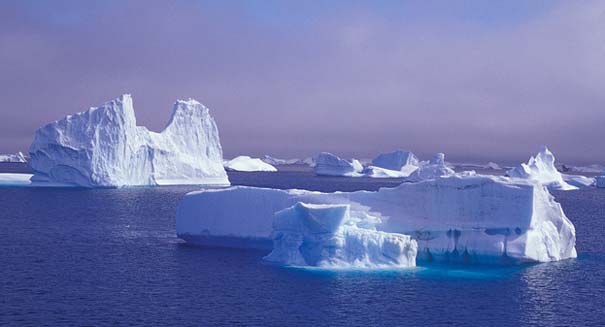
NASA reports that the surrounding sea ice of Antarctica reached a new record high extent this year.
A statement released Tuesday by NASA reveals that the surrounding sea ice of Antarctica reached a new record high extent this year, covering more of the southern oceans than it has since researchers began recording it in the 1970s. This should not be seen as the end of melting in the seas around the poles, however.
According to NASA, the upward trend in Antarctica is only roughly one-third of the magnitude of sea ice loss in the Arctic Ocean. Researchers have described the changes in sea ice coverage as a “microcosm of global climate change,” explaining that Antarctic sea ice has been increasing in our warming world.
“The planet as a whole is doing what was expected in terms of warming,” said Claire Parkinson, senior scientist at NASA’s Goddard Space Flight Center. “Sea ice as a whole is decreasing as expected, but just like with global warming, not every location with sea ice will have a downward trend in ice extent.”
Tech Times reports that Antarctica reached a total ice extent of 7.78 million square miles on Sept. 20, which broke the record set just one year before. The buildup of sea ice around Antarctica has brought about a number of theories on what may be affecting the water surrounding the continent. These theories include a recent change in air patterns that are blowing cold winds over the Southern Ocean and forming ice, and fresh water draining into the waterway, leading to lower salt concentrations in the ocean and greater quantities of frozen water.
“There hasn’t been one explanation yet that I’d say has become a consensus, where people say, ‘We’ve nailed it, this is why it’s happening,’” said Parkinson. “Our models are improving, but they’re far from perfect. One by one, scientists are figuring out that particular variables are more important than we thought years ago, and one by one those variables are getting incorporated into the models.”
“Its really not surprising to people in the climate field that not every location on the face of Earth is acting as expected – it would be amazing if everything did,” said Parkinson. “The Antarctic sea ice is one of those areas where things have not gone entirely as expected. So it’s natural for scientists to ask, ‘OK, this isn’t what we expected, now how can we explain it?’”
Leave a Reply